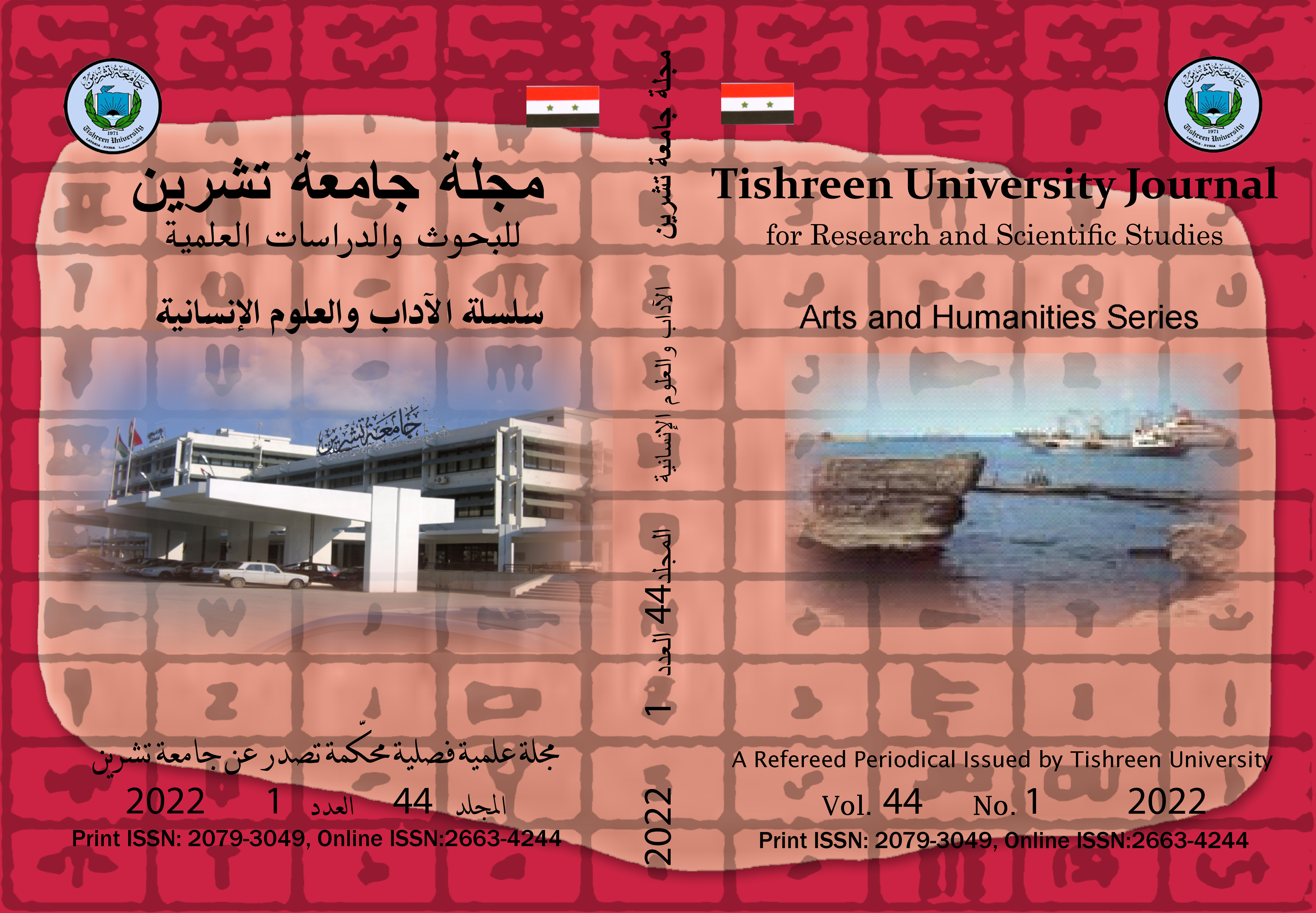Intégration du monologue dans le théâtre de Beaumarchais
Abstract
Cette étude intitulé L'intégration du monologue au théâtre de Beaumarchais, s'appuie sur les éléments qui permettent au monologue de s'enchainer au texte théâtral et sur ceux qui lui donnent son autonomie. Cette forme textuelle théâtrale qui se caractérise par une sorte d'autonomie relative, entretient en même temps une relation d'enchainement, de cohérence et de cohésion avec le reste du texte théâtral.
Le début du monologue est souvent conditionné par une sorte de frontière didascalique qui annonce l’accès à un autre domaine énonciatif. En même temps, nous trouvons à l’intérieur du monologue plusieurs domaines énonciatifs, par exemple, le domaine énonciatif principal qui est celui du locuteur et le domaine énonciatif du dramaturge qui s'incarne dans ses différentes interventions à travers les didascalies internes, les indications scéniques, etc.
Le locuteur du monologue joue parfois le rôle du rapporteur du discours ou des propos d'autrui, cela nous mène au sujet du discours rapporté, du discours direct, du discours indirect, du discours indirect libre, etc. , et au sujet de la pluralité des voix dans un énoncé.
Downloads
Published
How to Cite
Issue
Section
License

This work is licensed under a Creative Commons Attribution-NonCommercial-ShareAlike 4.0 International License.
journal uses a CC BY-NC-SA license which mean
The authors retain the copyright and grant the right to publish in the magazine for the first time with the transfer of the commercial right to the Tishreen University Journal- Arts and Humanities Sciences Series
Under a CC BY- NC-SA 04 license that allows others to share the work with of the work's authorship and initial publication in this journal.Authors can use a copy of their articles in their scientific activity, and on their scientific websites, provided that the place of publication is indicted in Tishreen University Journal- Arts and Humanities Sciences Series. The Readers have the right to send, print and subscribe to the initial version of the article, and the title of Tishreen University Journal- Arts and Humanities Sciences Series Publisher
You are free to:
- Share — copy and redistribute the material in any medium or format
- Adapt — remix, transform, and build upon the material
- The licensor cannot revoke these freedoms as long as you follow the license terms.
- Attribution — You must give appropriate credit, provide a link to the license, and indicate if changes were made. You may do so in any reasonable manner, but not in any way that suggests the licensor endorses you or your use.
- NonCommercial — You may not use the material for commercial purposes.
- ShareAlike — If you remix, transform, or build upon the material, you must distribute your contributions under the same license as the original.
- No additional restrictions — You may not apply legal terms or technological measures that legally restrict others from doing anything the license permits.

